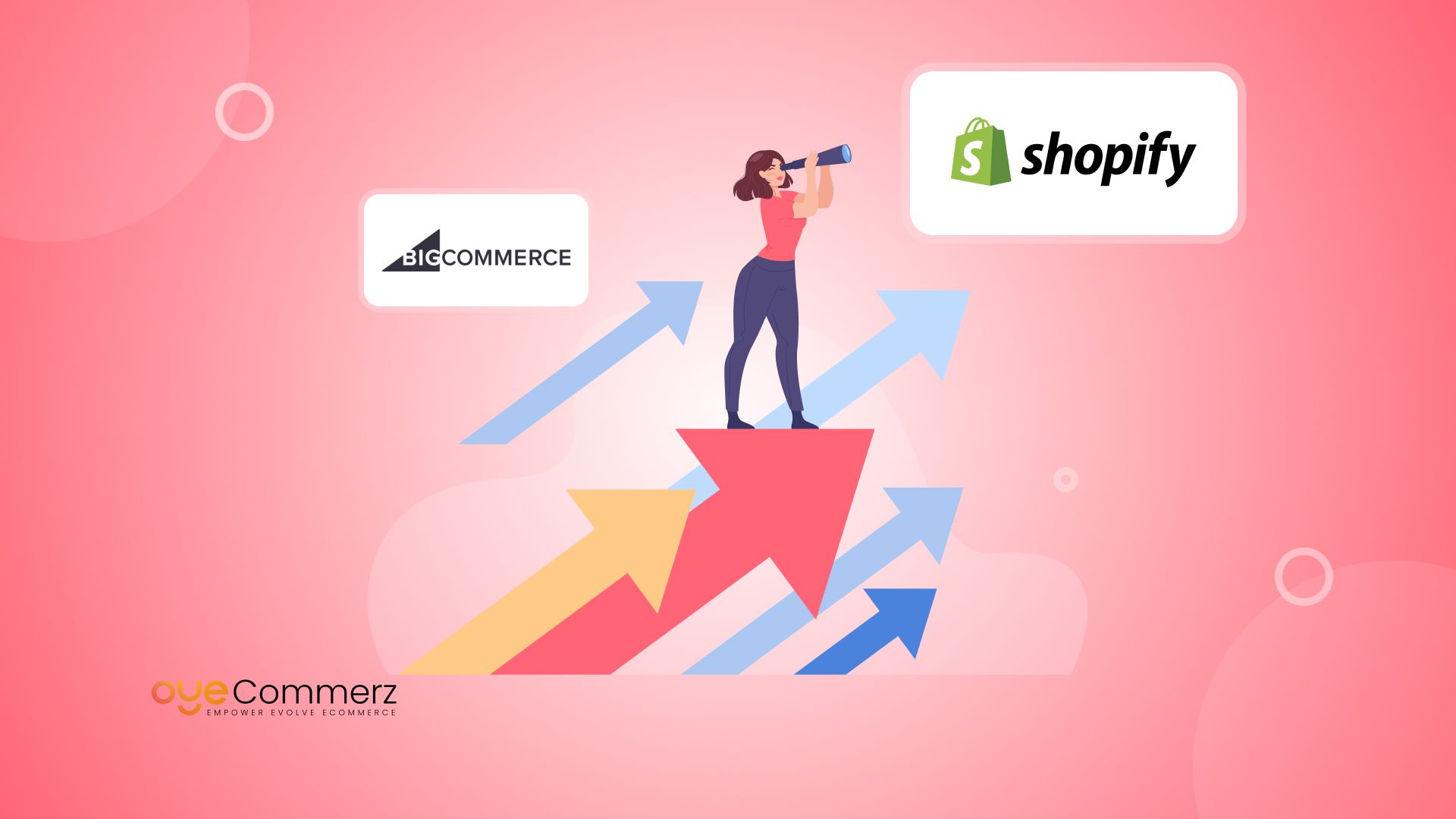Transitioning from WordPress to Shopify is an promising step in streamlining your online store operations. As businesses expand, selecting a platform that supports scalability, UX, and customization is essential. Shopify is widely recognized as a favorite for e-commerce professionals, offering superior flexibility, data protection, and ease of use. In this guide, we will delve into the transformative impact of this migration, highlight the advantages, and provide practical tips to facilitate a smooth transition.
1. Top Reasons to Transition from WP to Shopify
The combination of WordPress and WooCommerce, continues to support countless e-commerce platforms. Nevertheless, as businesses scale, challenges like reliance on plugins, data risks, and technical complexities often obstruct progress. Shopify, designed explicitly for e-commerce, addresses these concerns with an comprehensive, user-friendly solution. Statistics supports this shift—Shopify powers over 4.4 million stores globally, with a reported 10% boost to sales conversion rates for numerous merchants after migration.
2. Shopify's Advantages for Thriving Online Stores
Shopify’s powerful platform caters for scaling brands. Its notable features are:
- Seamless Customization: Shopify provides over 80 expertly crafted themes.
- Integrated Tools: Features like Shopify Payments and integrated SEO save time and effort.
- Global Reach: Currency versatility and localization features empower brands to reach global markets.
Additionally, Shopify boasts an uptime rate of 99.98%, guaranteeing your website is always operational.
3. Preparing for WP to Shopify Migration
Before migrating, assess your existing setup. Review product data, customer details, and search engine rankings. Resources such as Shopify’s Migration Kit or third-party solutions can simplify this process. Develop a detailed strategy, making sure all assets—product descriptions, images, and blog content—are ready for seamless import.
4. The Importance of Accurate Data Migration
Data migration is a cornerstone of a successful platform switch. When moving from WordPress to Shopify, prioritize:
- Product Information: SKU, item summaries, and groupings.
- Customer Data: Emails, order history, and preferences.
- Search Engine Considerations: Retain meta tags, URLs, and redirects to maintain search rankings.
Leverage tools such as LitExtension to facilitate seamless migration while reducing mistakes.
5. Customizing Your Shopify Store
After the move, personalizing your Shopify store helps it reflects your business identity. Utilize Shopify’s drag-and-drop editor to design pages effortlessly. Shopify's themes are mobile-responsive, ensuring a smooth user experience across platforms—a critical factor, since 74% of online shopping comes from mobile visitors.
6. How to Protect Your SEO Rankings When Switching Platforms
SEO is vital for preserving your online presence during migration. Shopify excels in SEO with clean URL structures, preloaded features, and smooth content management. Make sure you:
- Set up URL forwarding for existing links. Data migration to Shopify
- Enhance updated content with targeted phrases.
- Leverage plugins like Plug in SEO to track analytics after the switch.
7. Post-Migration Testing
Once the migration is complete, run detailed checks.
Review:- Website speed (Shopify delivers faster speeds in contrast with WP).
- Payment integration reliability and checkout processes.
- Mobile responsiveness.
Testing ensures your store delivers a smooth shopping journey from the start.
8. Case Study of a Successful Migration
One such migration success story is Gymshark, a fitness apparel brand that moved to Shopify. After the switch, the company saw a 60% increase in mobile sales and reduced site downtime. This highlights the capabilities of Shopify in driving online business success.
9. Challenges and Solutions
Migration comes with challenges, such as data integrity and reconfiguring custom functionalities. However, Shopify’s extensive assistance and third-party experts simplify the process. Partnering with qualified Shopify developers ensures a trouble-free transition.
10. Starting Your Journey with Shopify
Switching from WordPress to Shopify marks a strategic decision to online retail. By focusing on growth, simplifying management, and enhancing the customer experience, Shopify empowers businesses to thrive in challenging industries.
Final Thoughts
Transitioning from WordPress to Shopify is a strategic move that can greatly enhance your e-commerce success. With a robust migration plan, the right tools, and expert support, you can unlock new growth opportunities.
Excited to start the journey? Let’s discuss how our Shopify migration services can revolutionize your e-commerce platform. Get Shopify vs WooCommerce pros and cons in touch today, or ask yourself: Can your business afford to miss out on Shopify’s growth potential?

Comments on “Effortless Transition from WP to Shopify: Your Ultimate Guide to E-commerce Success”